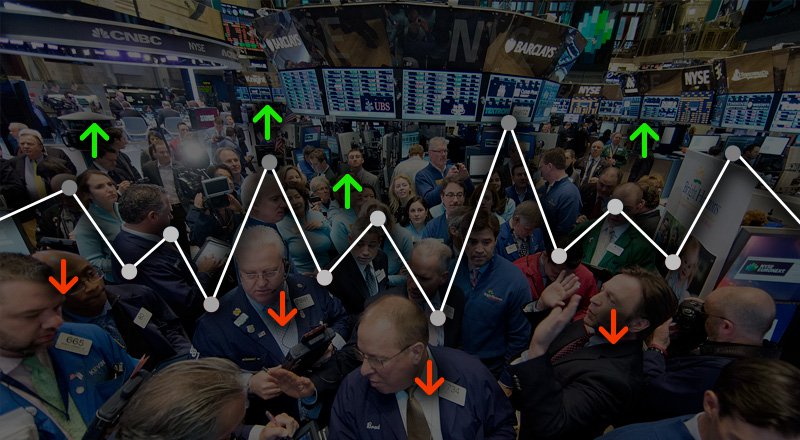Following what we learned in the first article, retail investors have much more online content and services today, and this is due to the disruption process which is going through the financial industry. While these changes in the distribution of demand for information haven’t shaken the earth beneath the traditional financial services providers (like bankers and brokers), it's clear that retail investors are changing the way they consume information about the financial markets.
The truth of the matter is that Wall Street hasn’t changed much yet as an investing 'brand'. But the echo of what is about to happen in the following decade is reflected in the 'information buffer' which stretched around Wall Street. Modern investors - institutional or retail - know the trading floor from screens only, and gain the knowledge about companies’ operations mostly from the web or proprietary tools (such as Bloomberg).
In this environment, it's only natural that the power of knowledge has become critical, even more than the real Execution ability of a traded company. Sometimes, when an analyst publishes a new report about a stock, the demand/supply equations around the stock tend to react dramatically. Most of the readers of these reports are the institutional investors and not the retail ones, who don’t have access to most of Wall Street’s research community.
Retail investors have an unprofessional image, less understanding of the market's dynamics and not without reason. But these are not the reasons why analysts’ reports don’t come in handy for them. Even if a retail investor can get the research he wishes to read from brokerage accounts or a financial content supplier, there are dozens of other reports he can’t reach. And even if an investor could reach some, which of them is important to read and which just adding more noise to the overcrowded information arena?
Outsmart the analysts
Well, sometimes it’s highly important to read an analyst’s view about the stock, but generally as an investor you would like the bottom line – whether the analyst/market have changed their vision about the public company's ability to execute (and the stock price which is implied from the change). Some Fintech companies offer online services that try to outsmart the traditional financial research community, and supply those outcomes to the retail investors.
TipRanks, an Israeli startup, ranks every analyst (or blogger) based upon his/her past recommendations success, such that the retail investor will have some ability to appreciate the importance of new action (like new reports) from the same person. Another company, Estimize, challenges the analysts’ predictions about the earnings results with a crowd sourcing process. Estimize’s created a community which tries to predict the numbers before the company’s report.
Importantly, one can’t argue that these services aren’t good enough. Often, the unprofessional 'guesses' of Estimize’s community are more accurate than the predictions of the analysts that cover the company and the outlook from the company itself. TipRanks' technology may not always be 100% accurate, yet it supplies information that is in short supply for the retail investor – a deeper understanding of where the information powers around a stock reside.
Crowd wisdom
For many years, it seemed that community 'knowledge' (or even feelings) were like the Holy Grail in the investment arena. Since the '90s, retail investors could find online content that supported exchanging ideas with other investors or just mimicing their portfolio. Today, there are plenty of services – with different levels of sophistication - that offer to gain investment insights from the community.
Generally, there is no proof that social networks such as Twitter and Facebook carry additional information regarding the market. And if there is an edge which can be found in this content, hedge funds are probably already taking advantage of it big time.
One other way to reach investing opportunities via an online community is simply to create one. This is the idea behind one of the most popular financial content providers these days, Stocktwits, which created a Twitter-like community regarding the stock market, where an investor can learn about the sentiment in the market toward a stock or an index and gain some insights about interesting trends.
These companies and many others are taking part in the new financial services arena that will change the way we interact with Wall Street in the years to come. The idea behind this change is that the huge information gap - between the retail and the institutional investors - about the financial markets is narrowing thanks to the internet and machine learning technology. This process creates enormous opportunities, both for the fintech industry and private investors.














